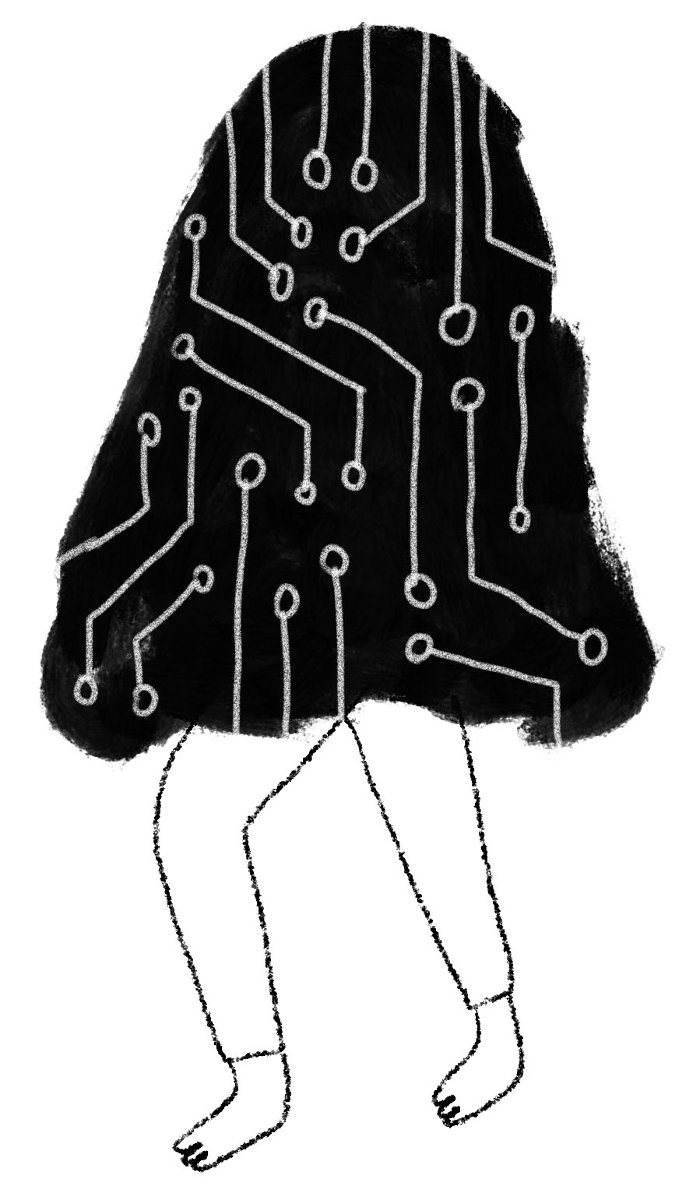Personal Data, Privacy, Big Data and Surveillance

Link to webinar:
Surveillance in art: exhibition and discussion of works that deal with surveillance carried out through technological means.
What is Big Data? What is data?
Conceptualization of personal data and their respective categories. We will reflect on the economic, political and social importance of personal data; the collection, storage and processing. A space for discussion about the relationship between data security and legal protection frameworks will be promoted, based on the presentation of experiences at a global and regional level. The conceptualization of ARCO rights and the exceptions to the principle of consent will be discussed. The goal is to finally frame that what is discussed in the Paraguayan current situation and the regulatory and implementation challenges. What should be the new data protection institutional framework? Why should protection focus on people? Brief reference to the Paraguayan context. How is it regulated? Personal Data Protection Law in Paraguay and General Data Protection Regulation of the European Union. A brief review of how the Internet works: where is my data hosted? The importance of the location of the servers.
What is data economy? Data as raw material and product of the "digital economy". The VALUE of the data. In our interactions on the Internet we give data (ignoring how much it is worth) in exchange for using various services. As a result, we lose privacy. We are constantly being watched. As active users, we work for Facebook, Google and more. The ‘surplus value’ of life. Privacy as necessary to guarantee other rights: freedom of expression, freedom of movement and freedom of association. The importance of anonymity.
Speakers: Maricarmen Sequera (PY), Gaspar Pisanu (ARG), Nayla Portas (ARG).
Moderator: Fredi Casco
Bibliography:
- América TV (2019). Controversy over facial recognition cameras [Spanish]. Availabale on: https://www.youtube.com/watch?v=YwaynNAjRnY
- Cahill, Susan (2020). Art and Surveillance. Available on http://www.artandsurveillance.com/artists-artworks-exhibits/
- Campi, Virginia (2018). La Arquitectura de la Cyberception por Ascott Roy. Available on https://campivirginiaimd2018.home.blog/2018/09/24/2-la-arquitectura-de-la-cyberception-por-ascott-roy/
- Candygram, MediaLab Prado (2017): https://www.medialab-prado.es/actividades/false-positive and https://medialab.ugr.es/comunicaciones/tecnologias-de-control-y-vigilancia-en-el-arte-contemporaneo/#imagen
- Crary, Jonatan (2015). El capitalismo tardío y el fin del sueño: https://www.planetadelibros.com.ar/libro-247-el-capitalismo-tardio-y-el-fin-del-sueno/198572
- Deleuze, G. (1995). “Post-scriptum sobre las sociedades de control”, in Conversaciones, Pre-textos, Valencia.
- DiploFoundation: https://www.diplomacy.edu/sites/default/files/IG2016_7th_ed_ESP.pdf
- GINI, S. (2012). El anonimato, libertad de expresión, Internet y otro fallo para preocuparse (¿Es esencial o ilegal identificar a los usuarios?)
- Kurbalija, J. (2016). “La canasta de infraestructura” in Gobernanza de Internet.
- La Nación (2019). ¿What is big data? [Spanish] https://www.youtube.com/watch?v=Qm-K1oZMYJc
- Magnani, E. (2019). La jaula del confort. Available on https://www.estebanmagnani.com.ar/la-jaula-del-confort/
- Martínez Elebi, C. (2019). Impactos sociales de la inteligencia artificial. Poniendo el foco sobre Argentina. Fundación Vía Libre. Available on http://carolinamartinezelebi.com.ar/2019/10/01/informe-impactos-sociales-de-la-inteligencia-artificial-poniendo-el-foco-sobre-argentina/
- Minuto uno (2020). Artista del engaño: circuló por Berlín con 99 celulares y logró confundir a Google Maps: https://www.minutouno.com/notas/5080888-artista-del-engano-circulo-berlin-99-celulares-y-logro-confundir-google-maps
- MIT (1997) The Art of detection: Surveillance in Society. Available on https://listart.mit.edu/exhibitions/art-detection-surveillance-society
- Google’s My activity: https://myactivity.google.com/
- Open Society (2019). Watching You, Watching Me. Available on https://www.movingwalls.org/moving-walls/22.html
- Film Brave New World (1980): https://zoowoman.website/wp/movies/un-mundo-feliz/
- Perano, M. (2015). ¿Why am I being watched, if I’m nobody? [Spanish + English subtitles]. Available on https://www.youtube.com/watch?v=NPE7i8wuupk
- R3D MX (2015). Metadata [Spanish]: https://www.youtube.com/watch?v=iKccR3E6jn4
- Scassera, S. (2019). Cuando el jefe se tomó el buque. El algoritmo toma el control. Buenos Aires: Foro del Sur Foundation. Available on
- https://lasargentinastrabajamos.com/pdf/Sofia_Scasserra_Cuando_el_jefe_se_tomo_el_buque.pdf
- Tactical Tech. Me and my shadow, understanding digital fingerprints: https://myshadow.org/
- TEDIC (2017). The return of the Pyrawebs [Spanish]: https://www.youtube.com/watch?v=8yieyX20plA
- TEDIC (2019). Adquisición y uso de tecnología de vigilancia en América del sur. ALSUR . Available on https://www.tedic.org/la-adquisicion-y-el-abuso-de-tecnologias-de-vigilancia-en-america-latina-al-sur/
- TEDIC (2019). Ética y protección de datos personales en la inteligencia artificial - ALSUR. Available on https://www.tedic.org/etica-y-proteccion-de-datos-en-la-inteligencia-artificial/
- TEDIC (2019). ¿Quién vigila al vigilante? Available on https://www.tedic.org/quien-vigila-al-vigilante-reconocimiento-facial-en-asuncion/
- The Economist (2017). Cómo los datos se convertirán en el petróleo del futuro, translated by La Nación.
- Winner, L. (1983). “¿Tienen política los artefactos?”, in Documents CTS-OEI. Available on http://www.oei.es/salactsi/winner.htm
- ZUAZO, N. (2018). Algoritmos y desigualdades. Available on
- https://www.derechosdigitales.org/wp-content/uploads/algoritmo_desigualdad_cast.pdf


